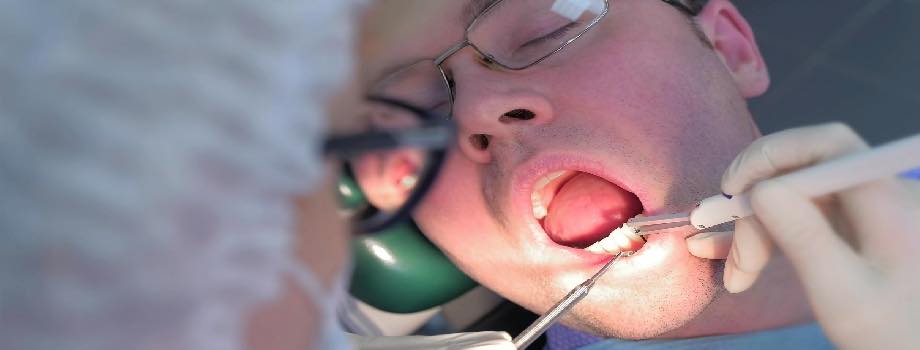If your dentist or periodontist has informed you that you have gum pockets or that you have periodontal disease, it is time to seek out a resolution. To date, one of the most productive of all options is pocket reduction surgery. This procedure may be referred to as any of the following: “osseous surgery”, “gingivectomy”, and “flap surgery”.
In this guide, you will be provided with information about gum pockets and periodontal disease. Then, we will share information on pocket reduction surgery.
What Are Gum Pockets?
Gum pockets are spaces or various types of openings that surround the teeth in the mouth, just underneath the gum line. Once formed, they will – eventually – become filled with bacteria that has the potential to cause infection.
In most cases, gum pockets develop as a result of the development of gum disease – often identified as “periodontitis” – which is a highly serious type of oral-based infection.
What Is Periodontal Disease?
Periodontal disease is a type of infection that impacts the tissues that keep the teeth in their place within the mouth. It develops as a result of plaque building up on the teeth and hardening. When this happens, it turns into tartar.
Risk factors for the development of this disease include poor dental hygiene, diabetes, hormonal changes, medications that negatively impact the production of saliva, smoking, and genetics.
There are several other risk factors associated with the development of periodontal disease. This is just a small outline of the most common.
What Is Pocket Reduction Surgery?
Pocket reduction surgery is a type of procedure that is designed to remove harmful forms of bacteria and tartar that develops on the roots of the teeth. These substances demineralize the surface of the teeth and directly attack the gums. When this happens, disease of the gum tissue occurs.
Because periodontal disease is considered a type of chronic and progressive infection that includes high levels of inflammation, it will – eventually – work its way below the gum line and will destroy the soft tissue and the bone tissue. Pockets then form and the teeth lose their firm anchorage. Over time, the teeth loosen and may fall out.
Pocket reduction surgery achieves the following:
- It aids in preventing the loss of the bone, tissue, and teeth
- It helps prevent the development of bacterial infections in hard-to-reach areas within the mouth
- It prevents spaces where harmful bacteria may spread
Contact Us Today
Here at Implant & Perio Center of Kansas, we offer a number of options for individuals with periodontal disease and/or gum pockets. The main treatment being pocket reduction surgery.
This includes a series of procedures that directly access the root and area below the gum line for the purpose of eliminating bacteria, tartar, and other types of debris that negatively impact your oral health.
Contact us for more information or to schedule an appointment with one of our specialists.

